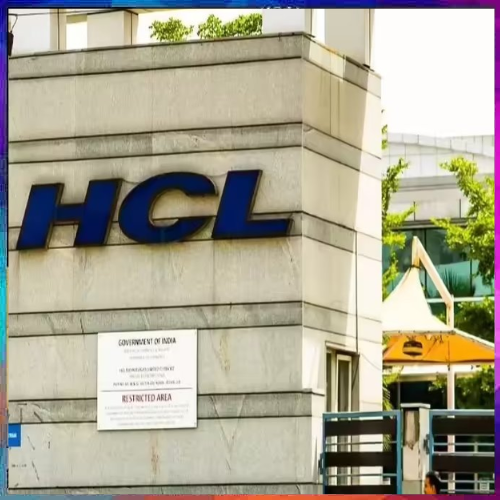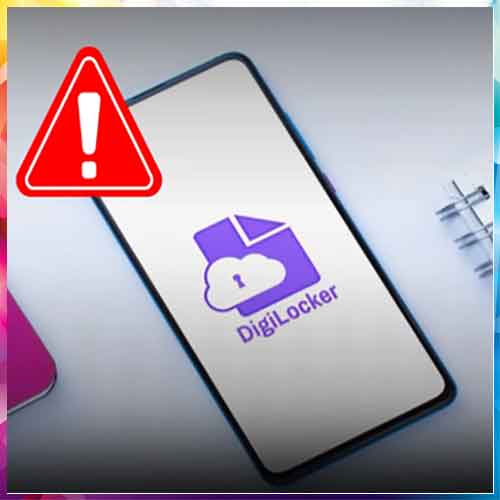
By welcoming 2020, the future of channel partners is going to be very demanding and challenging. It seems like a good time to ask what the future looks like for channel businesses in the coming year. What are the big opportunities for those companies in 2020 and what are the main threats they are likely to face? In the current circumstances, what type of channel businesses will prosper and what kinds will struggle? And just how big a role will distribution play over the next 12 months?
The good news is that the outlook for the channel appears pretty bullish. There are almost too many opportunities to mention and channel companies have never been busier. By highlighting supporting businesses with their migration from Windows 7 to Windows 10 and supporting all the customers with Cyber security product and solutions will be a major preoccupation for partners next year, although this will be affected by Intel chip shortages that will become more acute.
As per report, offline retailers have been protesting against online exclusive smartphone models because consumers often buy them at lower prices, hence the leading mobile phone brands are not launching any web-only models from January 2020. Realme,Oppo and Vivo have decided to stop online launches from January as they have agreements with online sellers till December. These three brands have around 30% share of the Indian smartphone market till June, as per the latest data from tracker Counterpoint Research. As per market trackers, ecommerce accounts for 40% of the Indian cellphone market with the rest controlled offline, including neighbourhood stores and large chains like Reliance Digital, Croma, Sangeetha, Big C and Poorvika. Offline business is surely taking up in 2020.
On the other hand, the channel will have to capitalise on the end of support for Windows 7 which will lead to a spike in desktop and notebook sales in the first quarter, “especially as businesses may have delayed their decisions to refresh their systems until it is absolutely necessary”.
The opportunities for channel businesses will then be in riding the Desktop-as-a- Service (DaaS) wave created by Microsoft WVD and help customers understand DaaS/PCaaS/leasing options to find the best fit and be the partner of choice for customers looking to optimise or redeploy their current public cloud deployments. It will be created as businesses move into an as-a-Service model to address changing consumer buying patterns. As a result, they will invest in skills and people to help push their technology and sales.
The trend towards XaaS is going to continue. There is still plenty of opportunities in many areas for MSPs, like services including managed print services, particularly for SMBs that “may have previously been put off by considering the cost”. The distributors can play a key role in helping resellers move to this model by assessing and deploying SaaS and PaaS solutions with cloud marketplaces.
Another prediction is that companies are likely to embrace various digital initiatives; they will require help with architectures, navigating the maze of new tech versus established and new business models. Channel businesses are best suited to take on the role of a trusted advisor in their specific disciplines with the digital transformation focus to demonstrate the value that emerging technologies can deliver. Artificial intelligence and machine learning, for example, will continue to grab headlines and drive discussion, but many people are still unclear about what this will actually mean for their business.
The IT industry is often guilty of talking “about amazing new technologies without framing them in the context of what it actually means for the user, be it a SoHo, SMB or large enterprise”.
Carolyn April, senior director of industry analysis at CompTIA, warns that “to succeed next year, channel firms will need to push themselves out of their comfort zone in order to thrive”. With half of channel organisations expecting “significant gains in emerging tech adoption”, the “democratisation of technology across all levels of the business world”, will be a significant factor, affecting how the channel sells and goes to market, who it sells to, what the sales cycle looks like, and the type of services that wrap around any initial sale or engagement.
The consolidation is driven by two factors - continued margin pressure/profitability with mature technology sales, and owners of privately owned solution providers reaching retirement age and looking to exit their business.
A shortage of IT professionals will drive a demand for MSPs, across all types of software, especially in the cyber security sector. MSPs are being sought as the solution to fill this void. The shroud of uncertainty surrounding Brexit has added another layer of complexity. But that uncertainty is accentuating the role that channel partners will play in 2020. They need to do more than just sell software. The resellers that help customers on their journeys provide added consultancy on all issues and are able to react to the inevitable changes that will take place will have the biggest opportunity to succeed.
A number of observers believe channel consolidation will continue into 2020. 2020 will see yet another year of consolidation for the companies focusing on channel companies. Resellers and distributors will purchase smaller organisations “that offer new revenue streams, or those complementing what they already do, just bringing a greater economy of scale”.
Especially in India, with the data privacy policy coming up, the foreign e-commerce companies are going to have a tough time ahead; it is therefore time for the offline business to take up. The ultimate winner is the channel ecosystem, which VARINDIA has been reporting since long.
See What’s Next in Tech With the Fast Forward Newsletter
Tweets From @varindiamag
Nothing to see here - yet
When they Tweet, their Tweets will show up here.





























